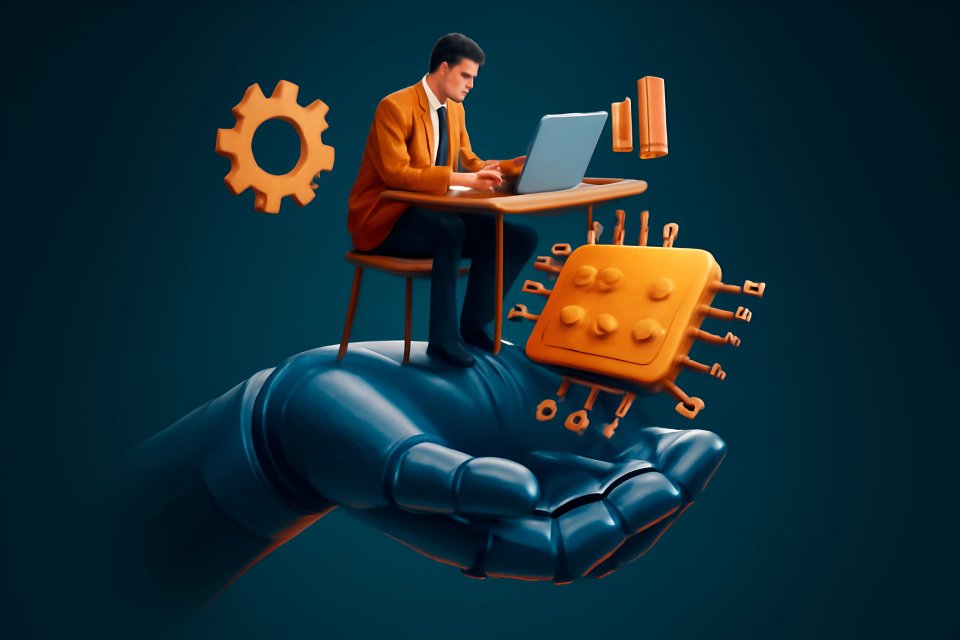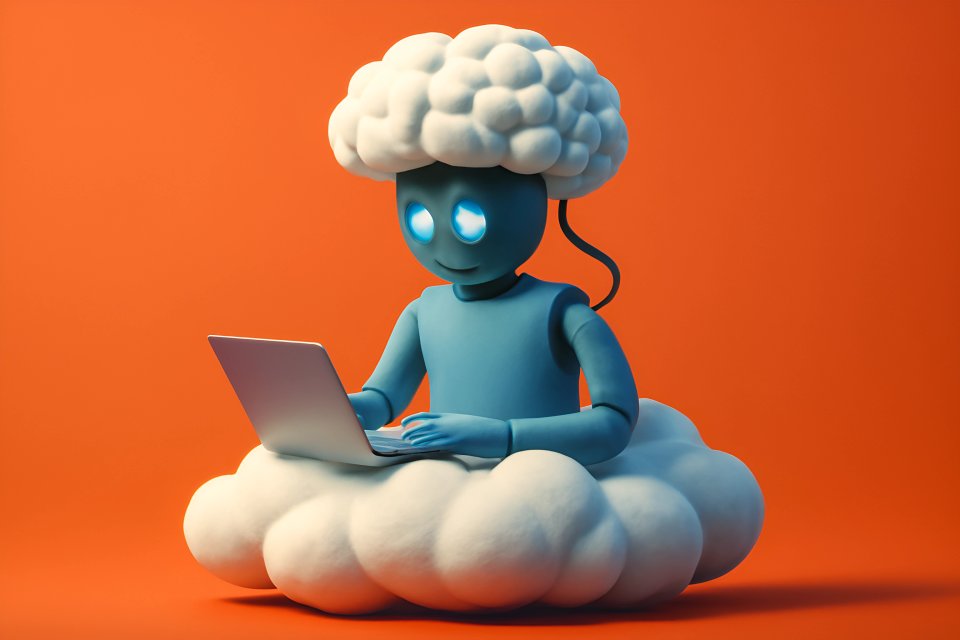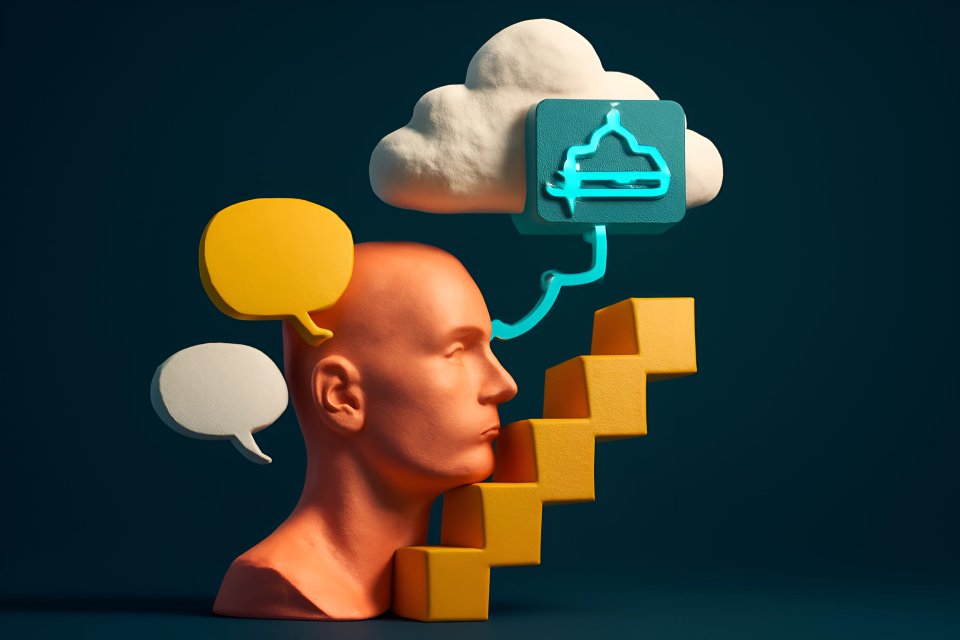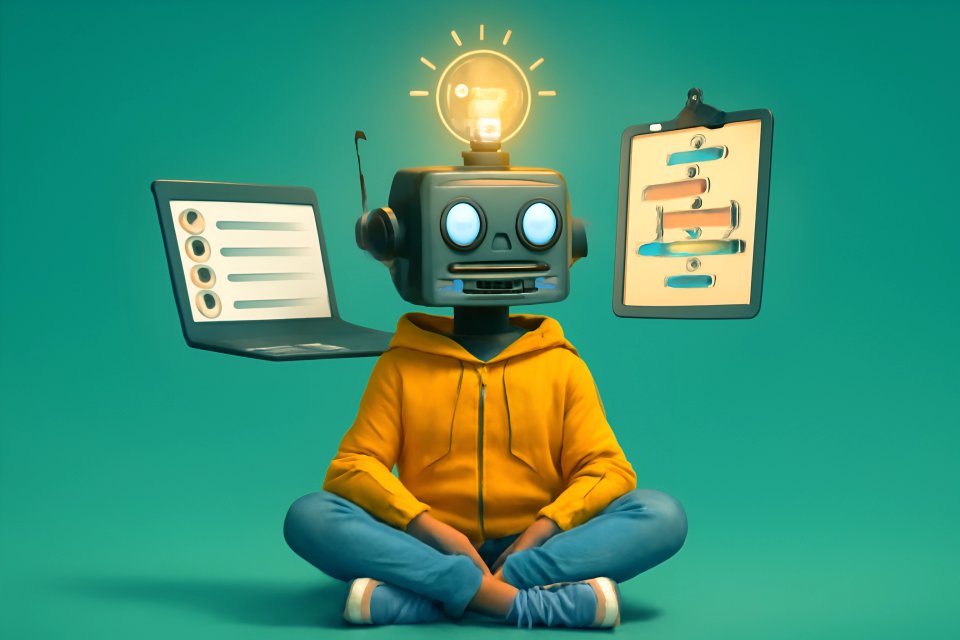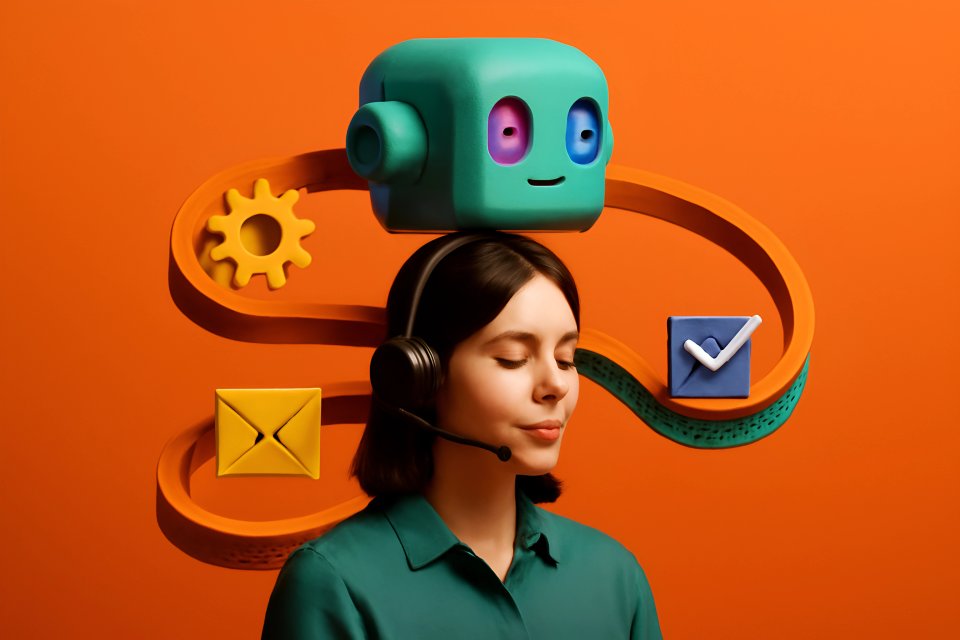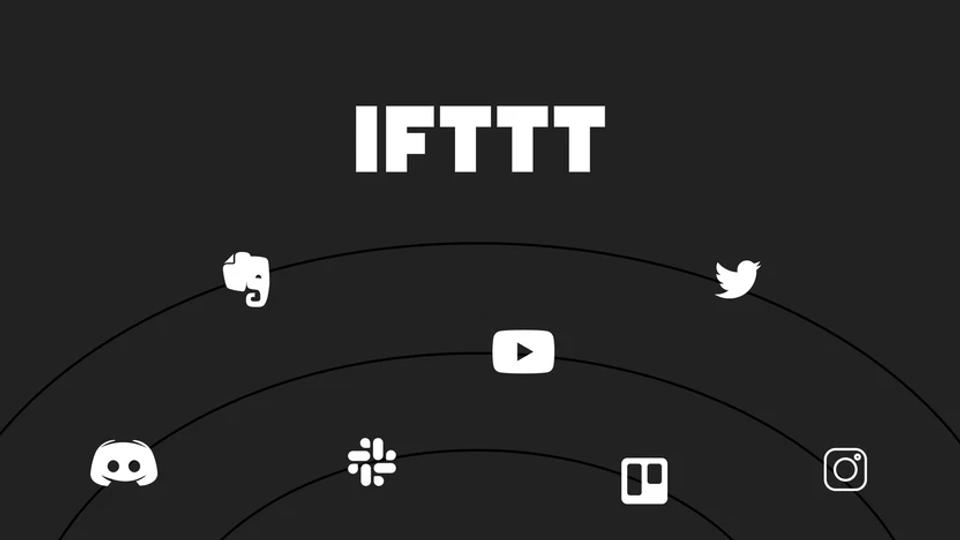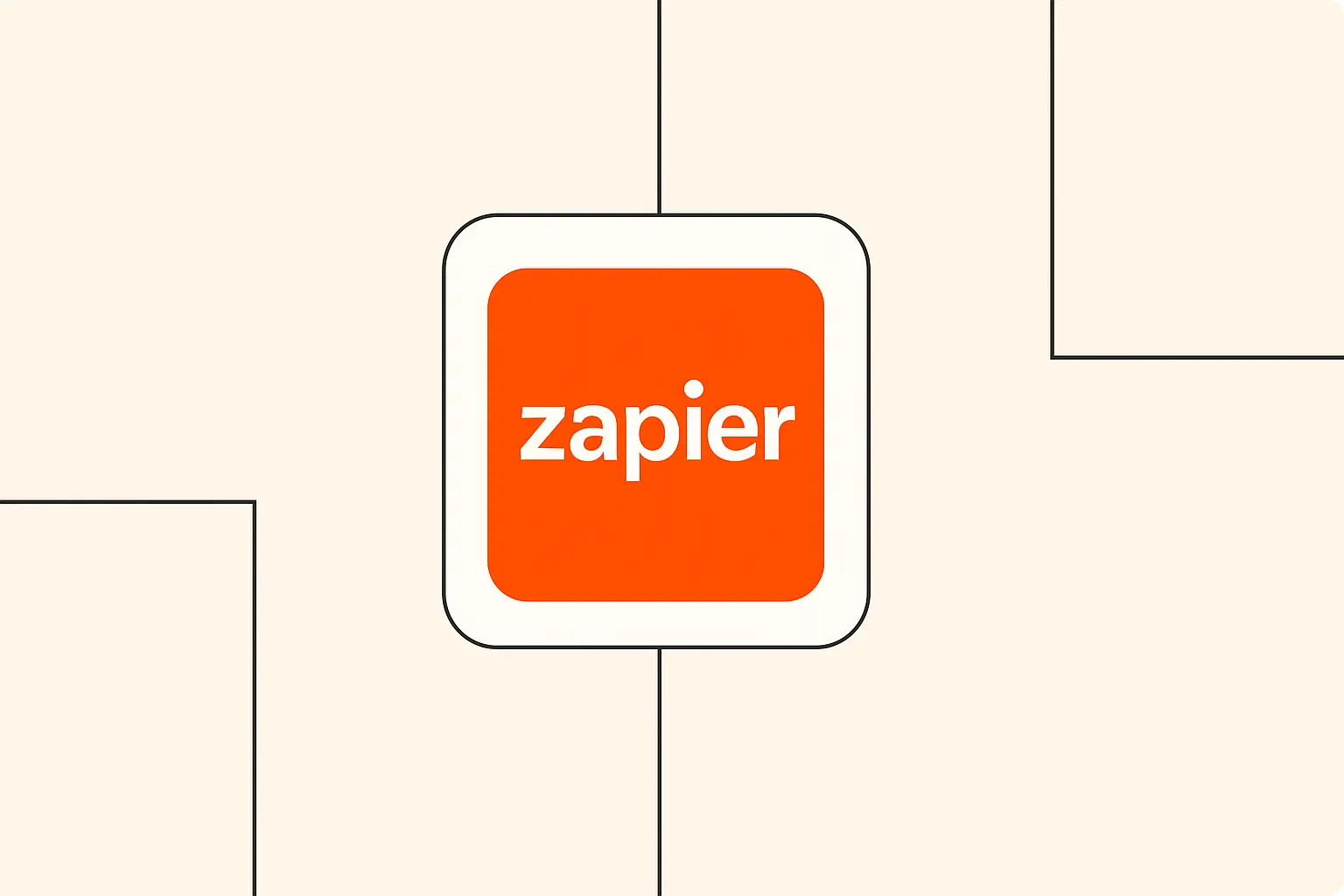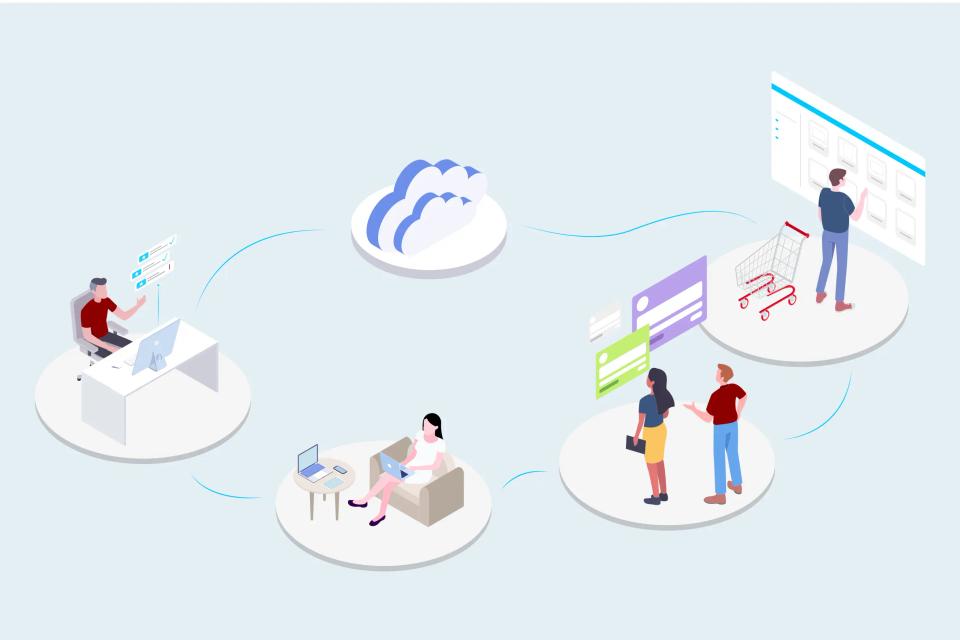
Hello there, automation adventurers! Chloe Finch here, from The AI Automation Guide. It’s truly amazing to see how quickly Artificial Intelligence, or AI, is becoming a part of our everyday tools, isn't it? It feels like just yesterday we were manually connecting dots, and now AI is stepping in to make things smoother, faster, and even smarter.
Staying on top of what's new in AI automation isn't just for the tech wizards; it's super important for anyone looking to boost their productivity, make their work more efficient, or even give their small business a competitive edge. That's why I'm so excited to chat with you today! In this post, we're going to explore some of the most impactful emerging AI automation trends we can expect to see in 2025. We'll look at how these changes will likely affect the automation tools many of us already use and love, like Zapier, Make.com, and n8n, and how we build our workflows. So, let's dive into the trends in AI automation 2025 and see what the future holds!
Latest Trends in AI Automation: What to Expect in 2025 (And How It Will Change Your Workflows)
The world of AI is moving at lightning speed, and its integration into our daily automation tasks is becoming more seamless and powerful. We've come such a long way in a very short time, from simple "if this, then that" scenarios to AI that can understand and even predict our needs.
Why should you, as a busy professional or an enthusiastic learner, care about these upcoming trends? Well, understanding what's on the horizon can help you work smarter, not harder. It can unlock new levels of efficiency in your personal projects or business operations, giving you a real advantage. Keeping an eye on these developments means you'll be ready to embrace new tools and techniques as they arrive.
This post is your friendly guide to the most significant emerging AI automation trends for 2025. We'll break down what these trends mean in practical terms, especially for how you might use platforms like Zapier, Make.com, and n8n. We're aiming to understand how these trends in AI automation 2025 will reshape the way we design and manage our automated workflows.
Trend 1: Hyper-Intelligent Automation Platforms – Your Tools Get Smarter
Get ready for this: the automation platforms we use, like Zapier, Make.com, and n8n, are set to become much more intelligent themselves! Think of them evolving from simple instruction-followers to proactive assistants. These platforms will increasingly use AI to suggest workflows based on how you work, the apps you've connected, or even if you just describe what you want to achieve in plain language.
Imagine your platform spotting a potential problem in your automation before it even happens, or even fixing small errors on its own! This means more proactive error detection and self-healing capabilities within your automations. We're also likely to see more advanced built-in AI tools for making decisions, understanding data, and handling complex situations that go beyond basic "if this, then that" rules. According to Wherescape and IIoT World, by 2025, platforms like Zapier and Make.com will leverage machine learning to analyze user behavior and suggest improvements (1, 7). This could mean AI-driven error detection automatically rerouting failed API calls, potentially reducing manual troubleshooting by up to 40% (1, 11).
So, what does this mean for you? For starters, it could make getting started with automation much easier, especially if you're new to it. Picture this: you describe your ideal automation, and the platform drafts it for you! Your automations will also likely become more robust and less likely to break. Plus, you might not need to do as much complex manual setup for common AI tasks, like figuring out if a customer's comment is positive or negative, because the platform could handle it directly. For example, imagine Make.com suggesting the best way to handle errors based on common API issues, or Zapier letting you type, "When I get a new Typeform submission with a positive sentiment, create a Trello card and notify me in Slack," and it actually drafts that Zap for you! This is similar to how Make.com’s AI Agents can dynamically adjust workflows (11, 12).
Trend 2: Proliferation of Specialized AI "Skills" & Deeper Native Integrations
Next up, let's talk about an exciting explosion of specialized AI "skills" that will become readily available. These aren't just generic AI functions; we're talking about AI that's really good at specific tasks, and these will be easier to access through APIs (which are like messengers between different software) and increasingly built right into your favorite automation platforms. This trend points towards a future where highly specific AI capabilities are at your fingertips, as highlighted by insights on the best AI automation tools (5) and native AI modules in Make.com (16).
Think beyond just generating text. We'll see AI designed for particular writing styles, advanced tools for pulling information out of messy text or PDFs, AI that can understand images with more nuance, and even voice cloning for personalized audio notifications. More and more AI services will also offer "no-code friendly" API endpoints, meaning you won't need to be a coding whiz to use them. For instance, Make.com’s AI modules can already extract key clauses from contracts using OpenAI’s function calling and then automatically update something like an Airtable checklist (16, 19).
The impact on you and your tools will be significant. You'll be able to build incredibly sophisticated and niche automations without needing to write any code. Automation platforms will likely offer a much wider range of these native AI actions – imagine a direct action in your platform like "Summarize this meeting transcript using [Specific AI Model]." This will also make it easier to connect to specialized AI tools, such as advanced transcription services or AI that's trained for data analysis in a specific industry. For example, you could connect a specialized AI that analyzes legal documents for certain clauses directly into an n8n workflow to flag items for review, or use a native Zapier step to generate product descriptions in your unique brand voice. Some tools are already achieving high accuracy, like 92% in niche domains such as pharmaceutical data extraction (13, 17).
Trend 3: The Rise of "AI Agents" in Everyday Automation
This next trend is a big one: the rise of "AI Agents" in our everyday automation. Now, don't worry, we're not talking about super-intelligent robots taking over! Instead, think of AI systems that can handle more complex, multi-step tasks based on broader goals you give them. These agents could potentially be orchestrated by, or integrated into, the automation platforms we already use. This is a key part of the future of digital workflow automation.
These AI agents won't be full Artificial General Intelligence (AGI), but they will be capable of planning, carrying out a sequence of actions across different apps, and adapting to achieve an objective. For example, you might tell an AI agent, "Research competitors for X product and summarize your findings in a Google Doc," and it would figure out the steps to do that. The idea of AI agents revolutionizing automation is gaining traction, with predictions that 2025 will be the year of AI agents (8), and even Gartner highlighting similar trends (9).
How will this change things for us? Automation platforms might start introducing "AI Agent" steps or modules. Instead of meticulously mapping out every single tiny step of an automation, you might define higher-level goals. This opens up the potential for much more complex, end-to-end process automation. For instance, an AI agent could manage customer support ticket escalations and resolutions across multiple systems with less direct programming from you. Imagine a Make.com scenario where one module is an 'AI Research Agent.' When triggered, this agent could browse specific websites, pull out relevant data, and then pass it to other modules for formatting and sending notifications – all with much less step-by-step configuration than we do today. Make.com’s AI Agents already exemplify this by autonomously adjusting inventory orders (11, 12). Gartner even notes that such systems could automate 30% of middle-management coordination tasks by late 2025 (9, 10).
Trend 4: Enhanced Multimodal AI in Workflows
Let's explore another fascinating development: enhanced multimodal AI in our workflows. "Multimodal" simply means AI that can seamlessly work with different types of content – like text, images, audio, and video – all becoming more accessible within our automations. This is about AI understanding and generating content across these different formats.
We're talking about things like automated transcription and summarization of your video meetings or audio notes. Imagine an AI that can look at an uploaded image and trigger a specific workflow based on what it sees, for example, "If an uploaded image contains a picture of a cat, then add it to my 'Cute Animals' folder." We might also see AI generating simple images or audio snippets as part of an automated process. The convergence of these capabilities is enabling powerful cross-modal automations, as seen with Make.com’s AI modules that can analyze call recordings and generate responses with visuals (16, 17). This can significantly cut down manual work, with some early adopters seeing resolution times cut by 50% (4, 13).
This will open up entirely new types of automations. For instance, you could automatically generate social media posts, complete with AI-generated images, based on the content of your latest blog article. Platforms like Zapier and Make.com will likely integrate more deeply with services that offer these multimodal capabilities. Consider an automation that takes an audio recording from a sales call, transcribes it, pulls out the key action items, creates tasks in your project management tool like Asana, and then generates a summary email that even includes a friendly, AI-generated 'thank you' image. Retailers are already using similar tech to automate product categorization by analyzing images, achieving impressive accuracy rates like 98% in style matching (3, 12).
Trend 5: AI-Assisted API Integration & No-Code/Low-Code Development
Connecting different apps is the heart of automation, and APIs (Application Programming Interfaces) are what make those connections possible. Our next trend focuses on AI making it much simpler to connect to and work with these APIs, even if you're not a developer. This is fantastic news for anyone using no-code or low-code platforms!
We're likely to see AI tools that can help "understand" an API's documentation – which can often be quite technical – and then suggest how to structure the calls to get the information you need or send data correctly. AI might even generate the necessary code snippets for custom API calls within platforms like n8n or for Zapier's Code steps. Imagine natural language interfaces where you can just describe what you want to do with an API, and the AI helps you set up the connection. For example, n8n’s AI assistant can interpret prompts to auto-configure connections, potentially reducing API setup time from hours to minutes for new users (12, 14, 19).
This will significantly lower the barrier to integrating less common apps or custom services into your workflows. It empowers more of us to use the full power of APIs within our no-code and low-code automations, without needing to become coding experts. Think about being within n8n, and an AI assistant helps you configure an HTTP Request node (that's a common way to talk to APIs) just by you describing what data you want to send or get from a new, unfamiliar API. This is already happening, with tools like Zapier’s Code Steps using GPT-4 to translate old API documentation into modern calls (18, 19). As a result, a higher percentage of workflows, around 72% now incorporate at least one custom API connection, up from 34% in 2023 (7, 12).
Cross-Cutting Implications for 2025
As we look at these exciting trends, it's clear they'll bring some broader changes by 2025. One big theme is increased personalization. Automations will become much more tailored to your individual needs and the specific context of your work, making them feel more like personal assistants.
Another wonderful outcome is the democratization of advanced capabilities. Complex AI tasks that once required a team of data scientists will become accessible to everyone, thanks to more intuitive tools and AI assistance. This means small businesses and individual creators can leverage powerful AI without needing huge budgets or specialized staff. The role of the "automation specialist" will also evolve. It will shift from just building simple connections to orchestrating more intelligent, AI-driven systems – becoming more like a conductor of an AI orchestra!
Of course, with all this power comes responsibility. We'll also see a growing importance placed on ethical considerations and data privacy. As AI plays a bigger role in our automations, ensuring its use is responsible and our data is protected will be crucial. Organizations will need to balance AI's efficiency with risks like biased decision-making, and tools for AI fairness and governance will become more important (15, 9).
How to Prepare for the AI Automation Future
Feeling excited (and maybe a little overwhelmed) by all these upcoming changes? Don't worry, that's perfectly normal! The key is to be prepared, and here are a few friendly tips to help you get ready for the AI automation future:
- Stay Curious & Keep Learning: The world of AI is always evolving. Make it a habit to follow updates from your favorite automation platforms like Zapier, Make.com, and n8n. Also, keep an eye on what AI service providers are announcing. Knowledge is power!
- Experiment with Current AI Features: You don't have to wait for 2025! Start playing around with the AI functionalities already available in your tools. Many platforms already have integrations with services like OpenAI, or offer built-in text parsers and AI modules. For example, try out Zapier’s Copilot or Make.com’s AI Agents (18, 11). The more you experiment now, the more comfortable you'll be with new features later.
- Understand API Basics: As we discussed in our section on AI-Assisted API Integration, APIs are the backbone of automation. Even a basic understanding of how they work will be incredibly helpful. You don't need to be a coder, but knowing what an API is and what it does will give you a big advantage.
- Focus on Problems, Not Just Tools: Instead of getting caught up in the latest shiny tool, think about the problems or repetitive tasks in your work or life that you'd like to solve. Once you have a clear problem, you can then look for the AI automation tools and trends that can help you address it.
- Follow "The AI Automation Guide": And of course, stick with us here at The AI Automation Guide! We're committed to bringing you practical tutorials, insights, and easy-to-understand guides to help you make the most of AI in your workflows. We're here to help you learn and grow!
Remember, the goal is to feel confident and empowered by these new technologies, not intimidated. Take it one step at a time, and you'll be well on your way to mastering the future of AI automation.
Conclusion
Wow, what an exciting journey ahead! It's clear that 2025 is shaping up to be a landmark year, promising a significant leap in what we can achieve with AI automation. From smarter platforms to AI agents and easier API connections, the possibilities are truly expanding.
The core message I hope you take away is that these emerging AI automation trends are all about making our digital workflows more powerful, more intuitive, and more accessible to everyone. Whether you're just starting out or looking to optimize complex systems, the future of AI automation is bright and full of potential to make our work and lives easier.
So, let's embrace these changes with curiosity and an open mind! The tools are evolving, and so are the opportunities to create amazing things.
And don't forget to subscribe to The AI Automation Guide for more insights and practical tutorials on leveraging AI in your workflows. We're here to help you navigate this exciting new landscape!
